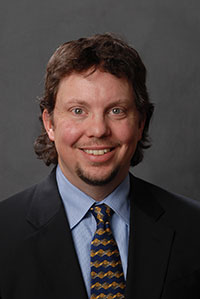by Juan Martin Palomo DDS, MSD
With the advent of Cone Beam Computed Tomography (CBCT), the amount of radiation received by the patient became an issue of heated discussions and controversies. Perhaps one of the most asked questions would be “How much radiation would the patient receive for a CBCT scan with this or that scanner, assigning radiation exposure to a scanner brand?”
This created a lot of confusion. The amount of radiation that patient receives during a scan has to do with the same physics’ principles as any other radiograph, which are mA, kVp, amount of time the beam is on, and area irradiated (confined by collimation). Any CBCT scanner would give several different combinations of the above variables, and would be able to create CBCT volumes using a wide range of radiation exposure. So the answer can never be a single number. But this is sometimes misrepresented as a single number, almost as the marketing trick used by retailers when they use phrases such as, “as low as $XX”, or “starting at $XX”.
Usually the item one likes is not at that starting price, is it? Some scanners do have advantages over others, by providing what’s referred to a “pulse mode”, which means the beam would turn itself on and off while taking all the images necessary, reducing the amount of radiation received. But many times, the settings used (mA and kVp) will determine both image quality and radiation received, and unfortunately, at this time, there is no consensus on settings to be used for specific protocols.
In medicine, one cannot answer with a single number the question of how much radiation is received when having a CT scan, but there are protocols in place for specific imaging, such as CT of the brain for example. The protocols determine the recommended mA and kVp to be used, and those can be used independently of the CT scanner brand, and will be different from a CT of a different part of the body.
We do have protocols for periapical radiographs, but not yet for CBCT’s. Orthodontic CBCT’s would probably use lower settings than CBCT’s used for pathologic examinations or implant placement. If we have protocols, perhaps all scanner brands would offer the same options as far as settings, and patients would receive the same amount of radiation for the same procedure, independently of the scanner brand used, or the office they decide to go. Right now this is not the case, and even though radiation exposures can be considered low, they are different in different offices, when used for the same purpose.
The advances in technology, through better software filters and hardware changes such as “pulse” are helping to reduce the amount of radiation received by the patient, but there are still options that the operator must choose, and these can make a big difference.

